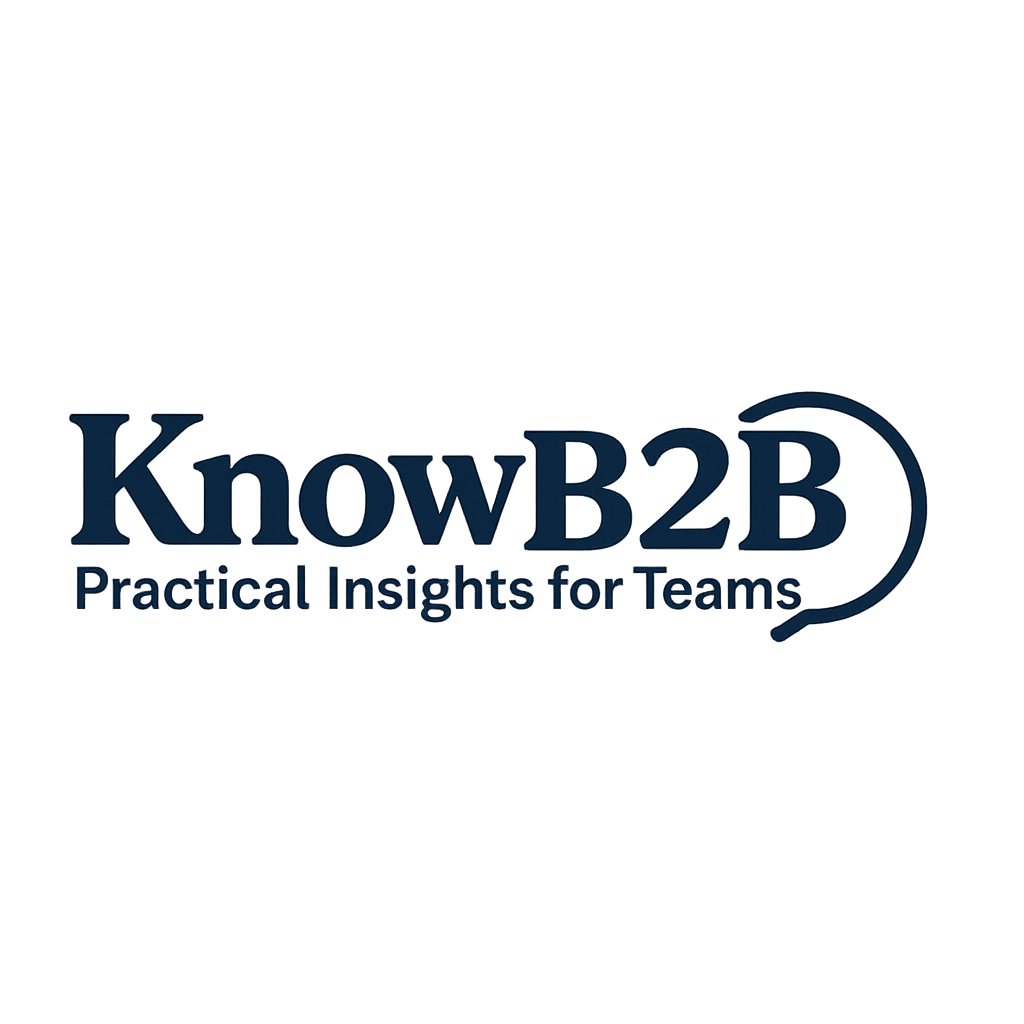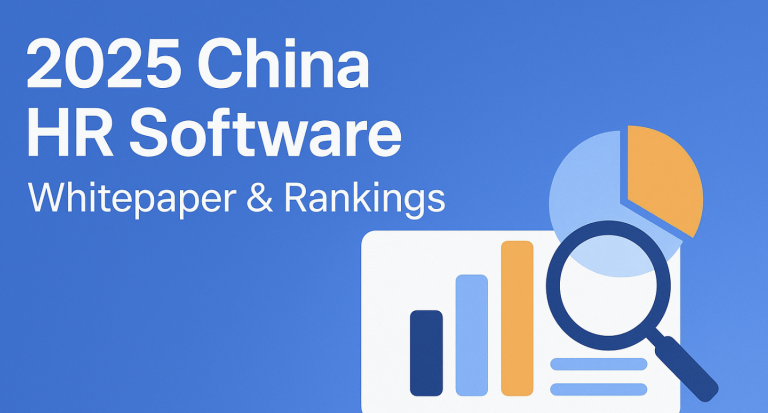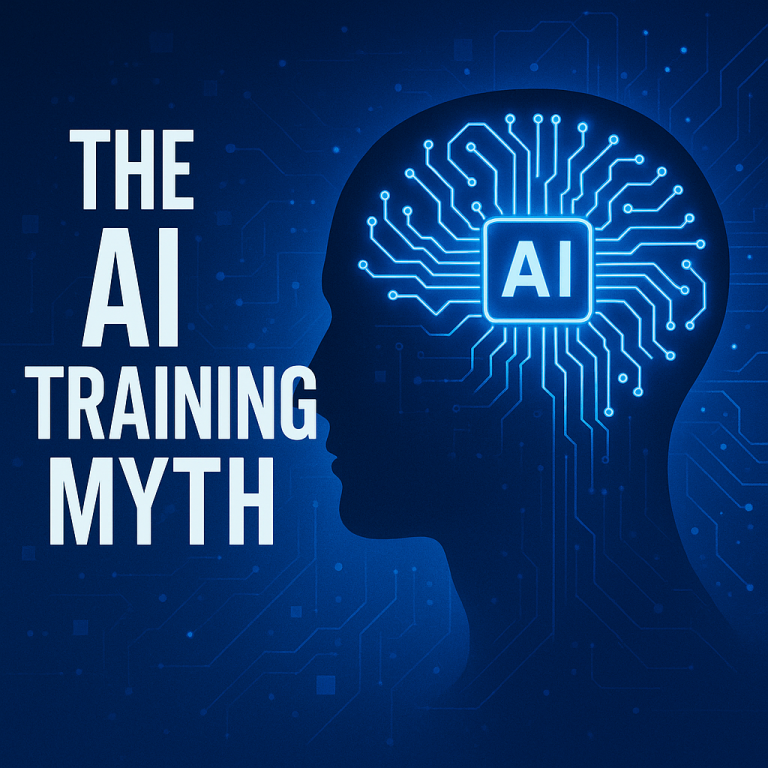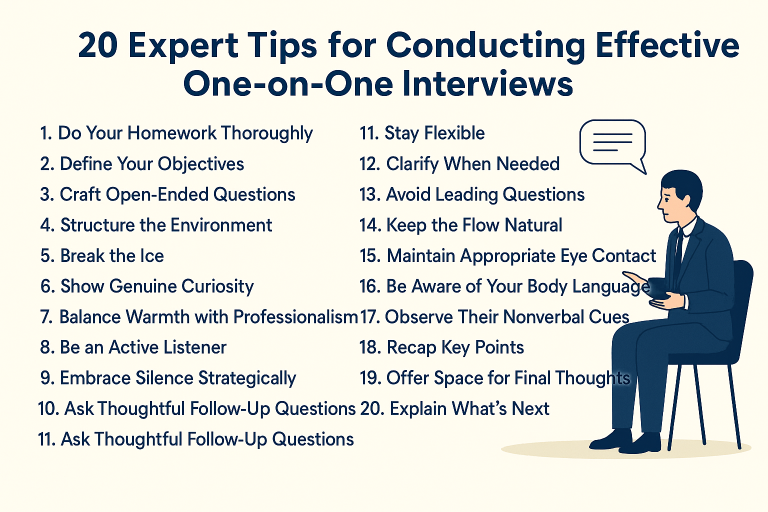Introduction: What B2B Really Means in a Global Context
In a rapidly evolving digital economy, selling to businesses across borders requires more than just a scalable product. It demands trust, regional understanding, and deep alignment with how global organizations make buying decisions.
But first — what exactly is B2B, and how does it compare to B2C?
What Is B2B vs. B2C?
B2B (Business-to-Business) refers to commerce between companies. For example, a cloud-based HR software provider selling a platform to an enterprise HR team. These transactions involve large contracts, multiple decision-makers, and longer sales cycles focused on ROI and business impact.
B2C (Business-to-Consumer), on the other hand, refers to selling directly to individuals — like Netflix, Uber, or Amazon. Decisions are often driven by convenience, price, and emotion, and require less approval or analysis.
| Dimension | B2B | B2C |
|---|---|---|
| Buyer | Organizations | Individuals |
| Sales Cycle | Long (3–18 months) | Short (minutes to days) |
| Decision-Making | Multi-person, rational | Single-person, emotional |
| Marketing Focus | ROI, trust, problem-solving | Brand, experience, instant value |
| Examples | Salesforce, SAP, HubSpot | Nike, Netflix, Amazon |
Understanding this distinction is crucial. When targeting B2B buyers across global markets, SaaS companies must tailor every step — from marketing to onboarding — around enterprise workflows, not just individual preferences.
1. The Global B2B Buyer Journey: What Makes It Unique
Selling SaaS to businesses in different countries adds new layers of complexity:
- Compliance standards vary (e.g., GDPR, SOC 2, HIPAA)
- Cultural expectations differ (e.g., onboarding norms in Japan vs. the U.S.)
- Buyers often operate across regions, requiring multilingual and multi-timezone support
The 5-Stage Global B2B Buyer Journey:
- Problem Awareness
A business identifies inefficiencies (e.g., high turnover, slow recruitment, compliance risk). - Solution Research
They Google terms like “top ATS for multinational teams” or “global performance management tools.” - Vendor Evaluation
A shortlist is built. Criteria include:- Integration capabilities (e.g., with Workday or ADP)
- Localization (language, currency, legal fit)
- Customer support availability by region
- Decision-Making
Legal, finance, and IT teams join the process. Questions arise around:- SLAs
- Security & data residency
- Procurement terms
- Post-Sale Implementation
Regional rollout begins. Local teams must be trained, supported, and onboarded efficiently.
2. Why Many SaaS Companies Struggle with Global B2B Buyers
Even technically strong products fail to close enterprise deals because they:
- Lack localized trust signals (e.g., no regional case studies or certifications)
- Provide generic onboarding, ignoring country-specific needs
- Underestimate the importance of multi-department alignment (IT, legal, operations)
Success depends not just on product strength, but on how well you adapt to global buyer behavior.
3. SaaS Strategies to Win Global B2B Clients
1. Establish Localized Trust
- Display certifications (e.g., GDPR, ISO 27001)
- Publish customer stories from target regions (e.g., “How an Indonesian fintech scaled with our ATS”)
- Offer multilingual sales and support (especially in key growth markets: Southeast Asia, MENA, DACH)
2. Build an Intent-Driven Content Engine
Your content should match buyer intent at each stage:
| Stage | Content Examples |
|---|---|
| Awareness | “Why traditional recruitment fails in distributed teams” |
| Consideration | “Top 5 global-ready performance tools in 2025” |
| Evaluation | “RFP checklist for selecting a GDPR-compliant SaaS platform” |
| Decision | “ROI calculator: Hiring system impact by company size” |
Use SEO-optimized landing pages and gated content to qualify leads while educating buyers.
3. Enable Regional Sales Reps
Equip sales teams with:
- Localized decks and demos
- Competitive insights by country or industry
- Objection-handling scripts tailored to compliance or regional pain points
4. Make Onboarding Your Competitive Edge
Global clients expect:
- Role-based onboarding (HR, admin, IT)
- Country-specific configurations (e.g., holiday calendars, compliance checklists)
- Dedicated CSMs who understand the region
4. Retention: The Real Growth Driver in B2B SaaS
Customer acquisition is just the start. In B2B, retention and expansion drive sustainable revenue.
- Offer localized training, help centers, and product certifications
- Track feature adoption and NPS by region
- Use behavior-based triggers to:
- Prevent churn (e.g., low usage alerts)
- Identify upsell opportunities (e.g., usage spikes in new business units)
Conclusion: B2B SaaS Growth Is Global — but Success Is Local
To win enterprise clients in international markets, SaaS companies must shift from “product-first” to “buyer-centric.” That means:
- Respecting how decisions are made across borders
- Investing in education, not just promotion
- Delivering localized value throughout the customer lifecycle
Companies that understand and operationalize the global B2B journey will do more than sell software — they’ll build lasting enterprise partnerships across the world.
FAQ
What is B2B and how is it different from B2C?
B2B refers to business-to-business transactions involving multiple decision-makers, long sales cycles, and a focus on ROI. B2C targets individuals and emphasizes convenience and emotional appeal.
How long is the B2B sales cycle for global buyers?
Typically 6–18 months, depending on contract size, compliance checks, and internal decision-making complexity.
What strategies help SaaS companies win international B2B clients?
Localization (language, currency, support), regional trust-building, intent-driven content, and tailored onboarding.



